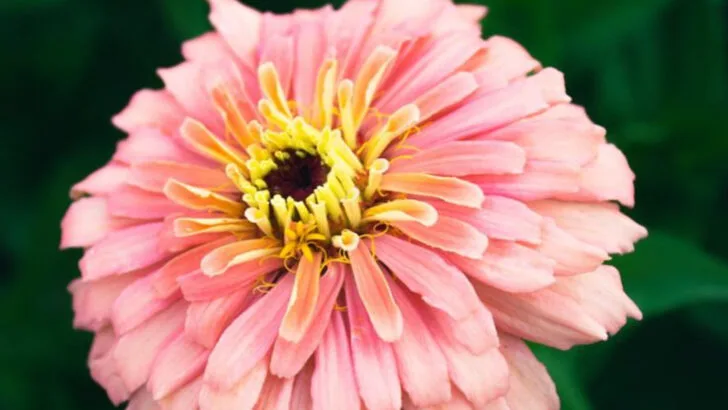Not all flowers earn their keep. Sure, they look nice, but once they’re in the ground, some of the most popular garden blooms turn out to be more trouble than they’re worth. They need constant care, don’t attract pollinators, or just take up space without giving anything back. And yet—they’re still everywhere.
If you’re trying to grow a garden that’s low-maintenance, helpful to bees and butterflies, or simply more functional than fussy, it might be time to rethink what you’re planting. Don’t worry—you don’t have to sacrifice beauty. In fact, once you stop babying these high-maintenance divas, you’ll have more time, healthier soil, and a garden that actually thrives.
Here are 11 flowers you’ll see in every store, but probably shouldn’t plant—plus what to grow instead if you want blooms that pull their weight.
Impatiens

Impatiens, with their vibrant hues, often lure gardeners into planting them en masse. However, they offer little to pollinators like bees and butterflies. These shade-loving plants are primarily decorative, lacking nectar or pollen resources that support local insect populations.
Despite their showy appearance, impatiens contribute minimally to the ecosystem, making them a less-than-ideal choice for those looking to support biodiversity. Consider alternatives like native wildflowers that provide both beauty and utility.
Gardeners may find them appealing for shady spots, but their ecological value is limited.
Petunias
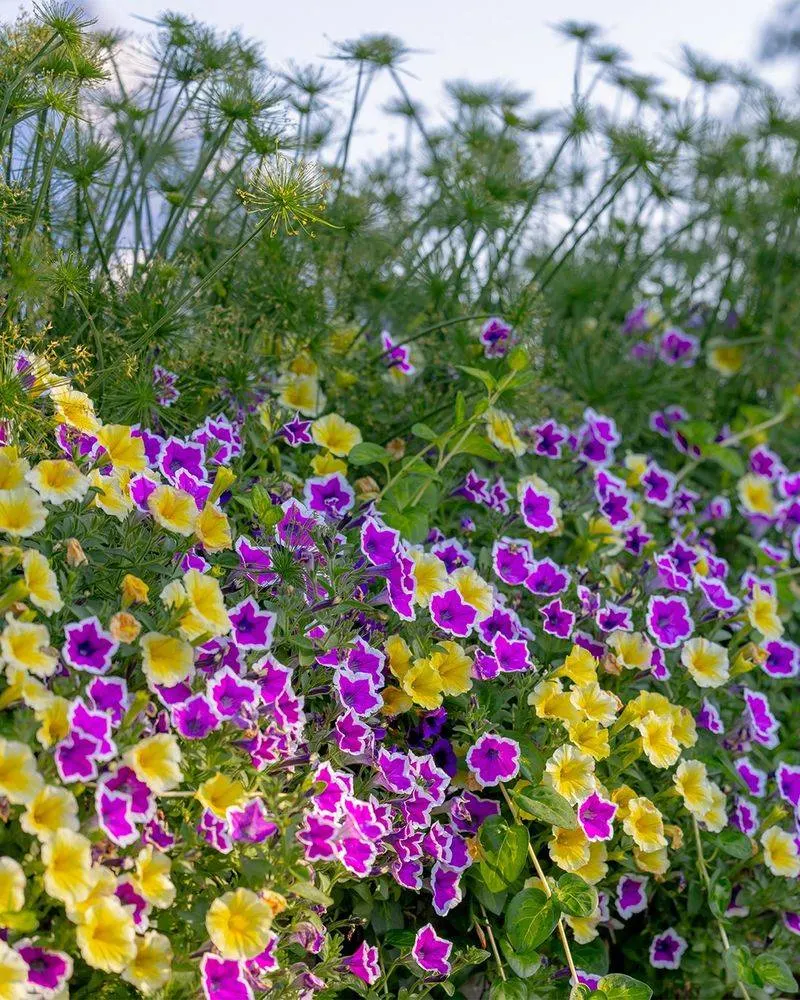
Petunias are a favorite for adding bursts of color, yet they lack the necessary attributes to support pollinators. These flowers are bred for aesthetics, often at the cost of nectar production.
While they brighten up spaces, petunias do little for the surrounding ecosystem. They don’t attract bees, butterflies, or hummingbirds, making them a purely ornamental choice.
For a garden that buzzes with life, consider planting flowers that are known to attract pollinators, providing both visual and ecological value.
Marigolds
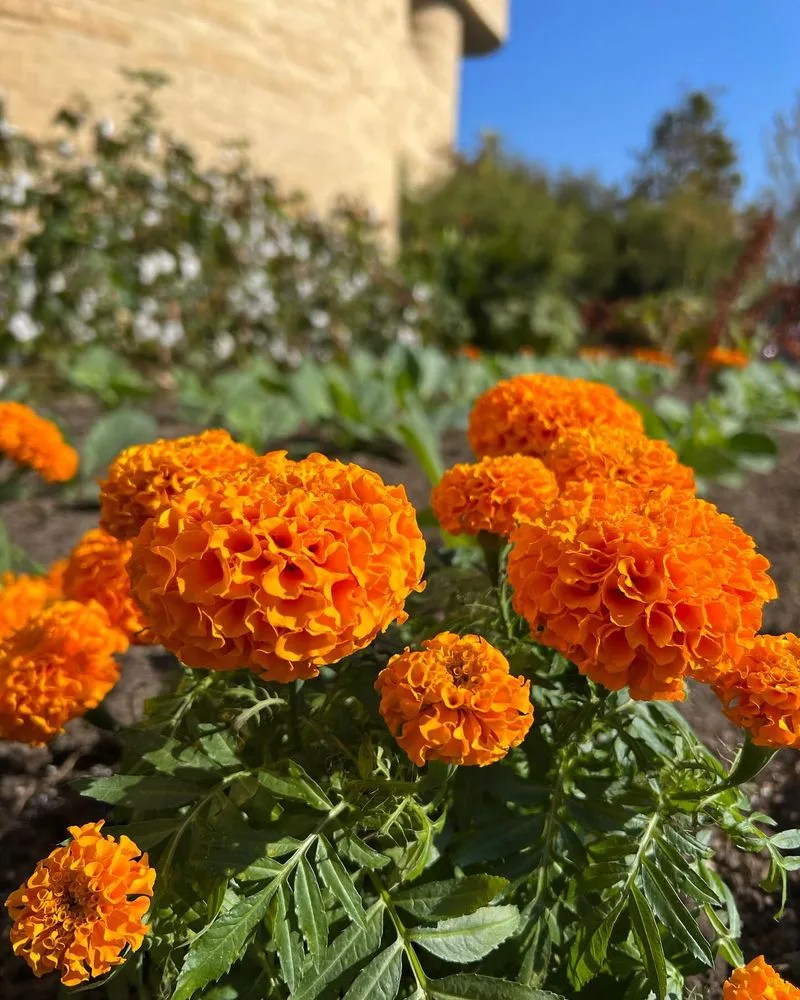
Marigolds are often seen as a garden staple for their bright, cheerful appearance. However, they offer little in terms of nectar and pollen, making them less appealing to bees and other beneficial insects.
These flowers are primarily used for their pest-repelling properties, but if the goal is to attract pollinators, marigolds might not be the best choice.
Exploring alternatives that balance pest control with pollinator support can enhance both beauty and biodiversity.
Begonias
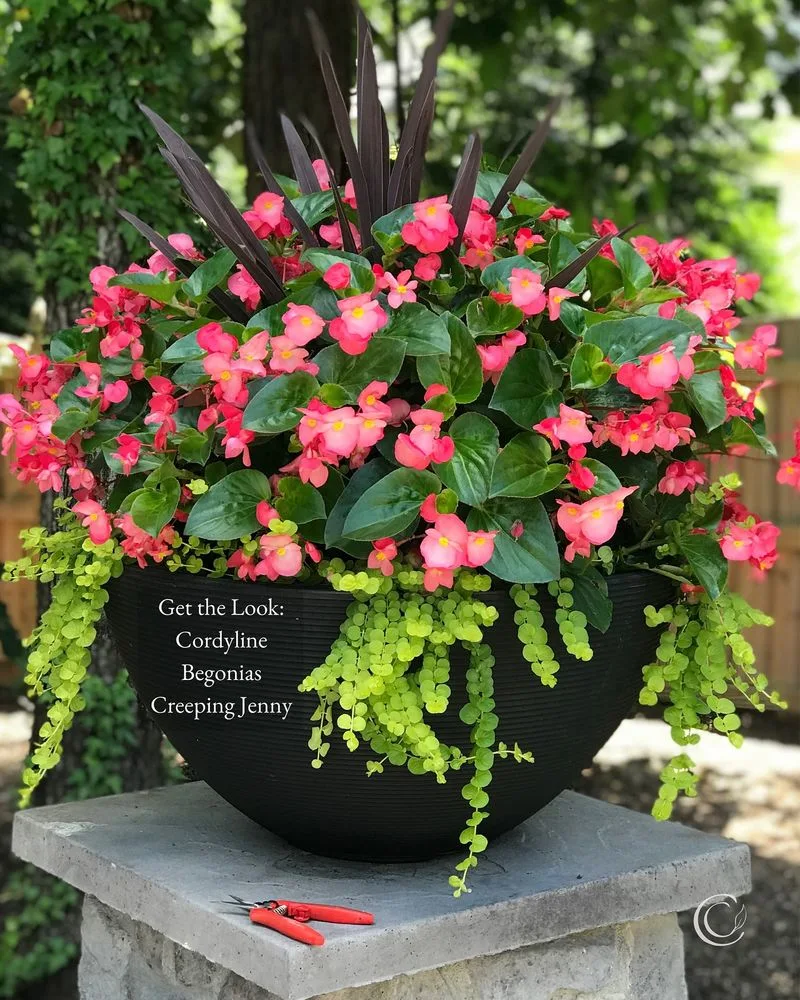
Begonias, with their rich foliage and striking flowers, are often chosen for shaded areas. Yet, they offer little to pollinators, lacking the nectar that draws bees and butterflies.
These plants are excellent for adding texture and color but fall short in contributing to the garden’s ecological health.
Consider mixing begonias with pollinator-friendly plants to create a more balanced garden environment that supports local wildlife while maintaining aesthetic appeal.
Geraniums

Geraniums are celebrated for their hardiness and vivid colors, making them popular in many gardens. However, they provide minimal resources for pollinators.
Their appeal lies in their resilience and ability to thrive in various conditions, but this doesn’t extend to supporting bees or butterflies.
For those seeking both beauty and ecological function, combining geraniums with flowering plants rich in nectar can enhance biodiversity and garden health.
Hydrangeas
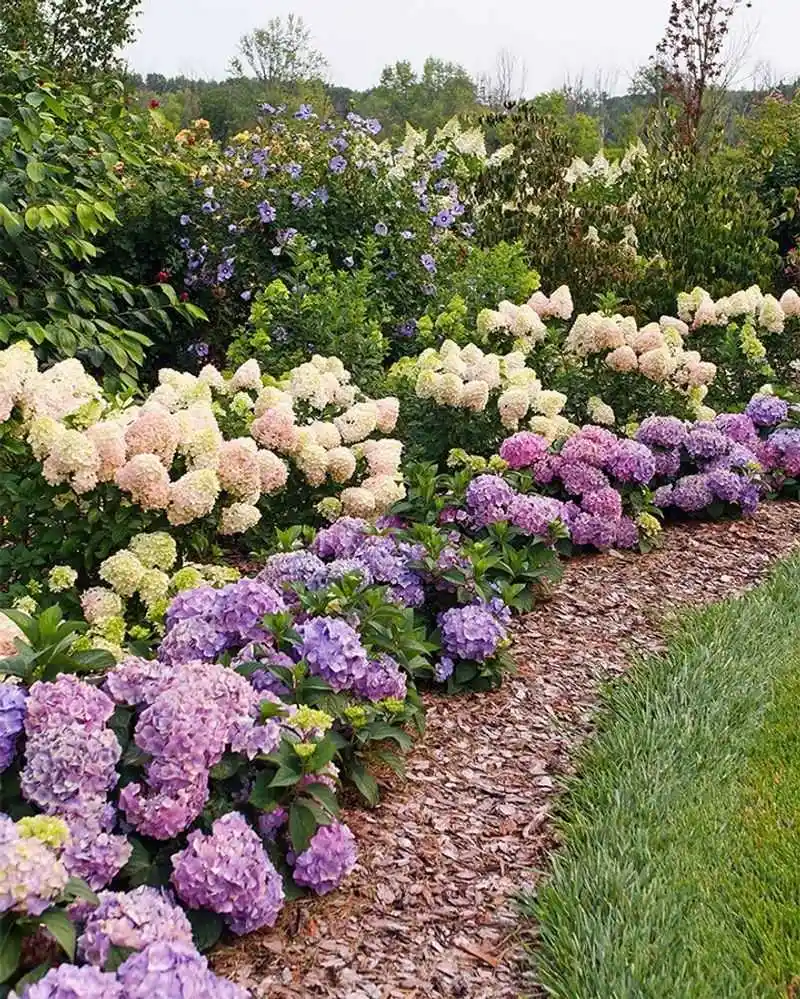
Hydrangeas captivate with their large, lush blooms, transforming any garden into a visual delight. Yet, they offer little to pollinators, as many varieties produce sterile flowers.
While they provide a stunning backdrop, their contribution to supporting pollinator populations is minimal. For a more dynamic garden, consider integrating plants that offer both beauty and ecological benefits.
Blending hydrangeas with native flowering plants can create a more inclusive habitat for local wildlife.
Pansies
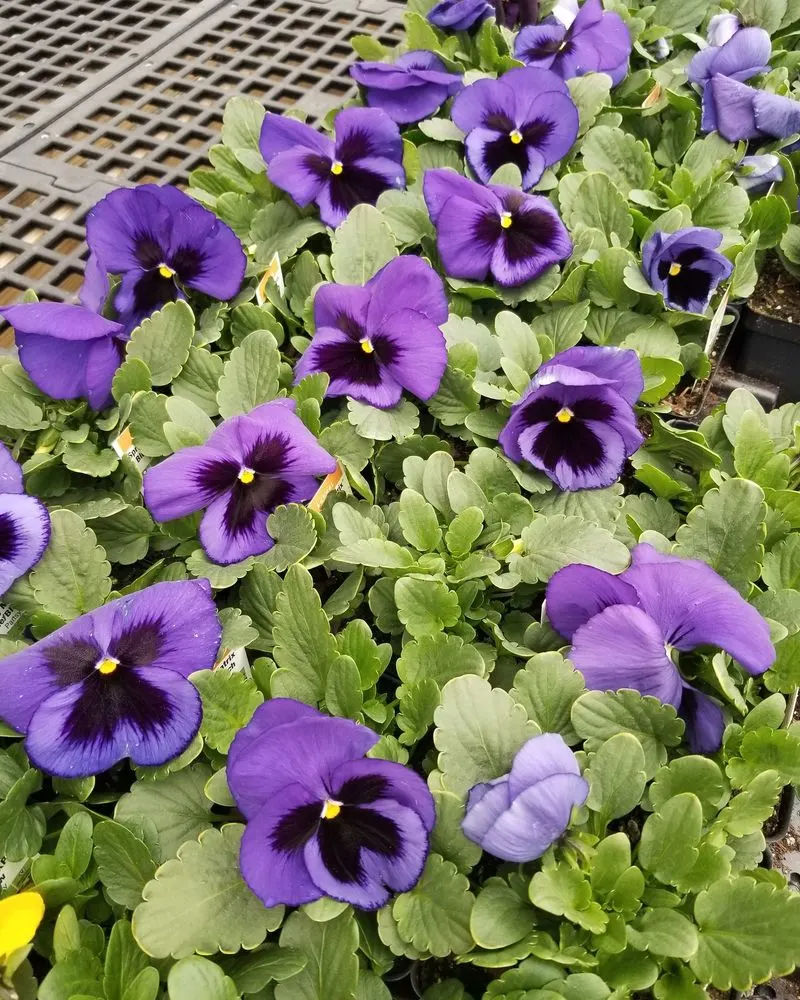
Pansies, with their cheerful “faces,” are a favorite for adding color to containers and borders. Despite their appeal, they offer little nourishment for pollinators.
These flowers are typically bred for their vibrant colors and patterns, often at the expense of nectar production, making them less effective for wildlife support.
Opt for plants that pair well with pansies, providing both aesthetic charm and resources for bees and butterflies.
Zinnias
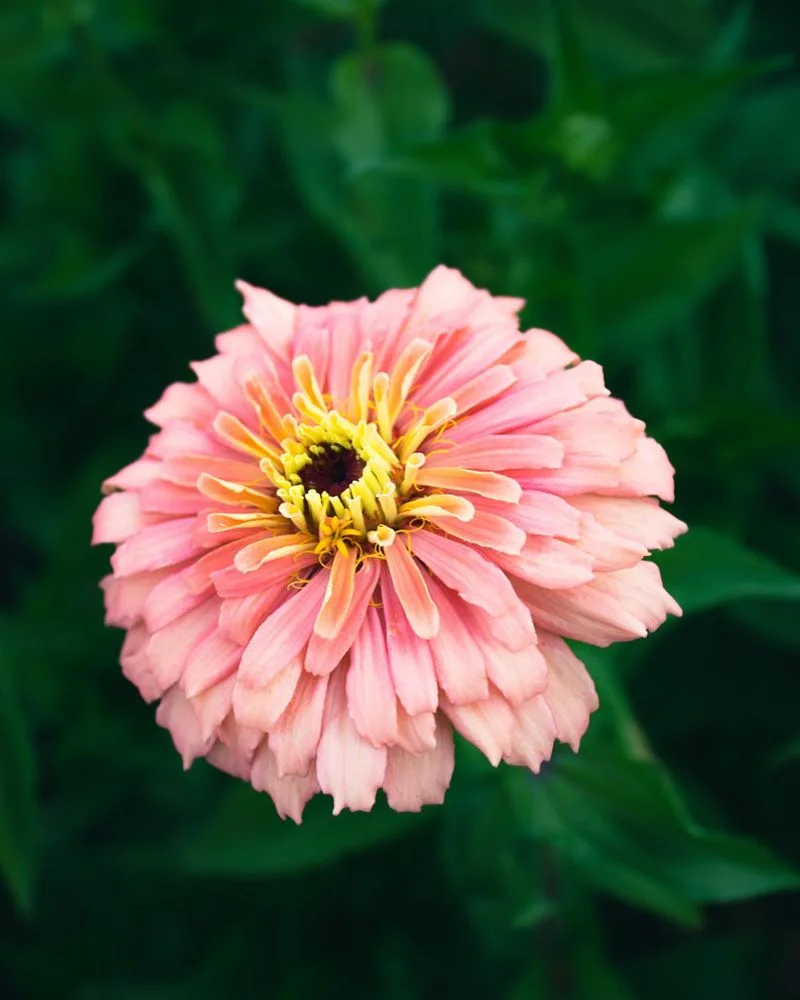
Zinnias are celebrated for their long-lasting blooms and vivid colors, popular in cutting gardens. However, not all varieties are beneficial to pollinators.
Hybridized for color and size, some zinnias lack sufficient nectar to attract bees or butterflies, reducing their ecological value.
To enhance the habitat, consider selecting heirloom varieties known to support pollinators, ensuring garden beauty and biodiversity go hand in hand.
Roses
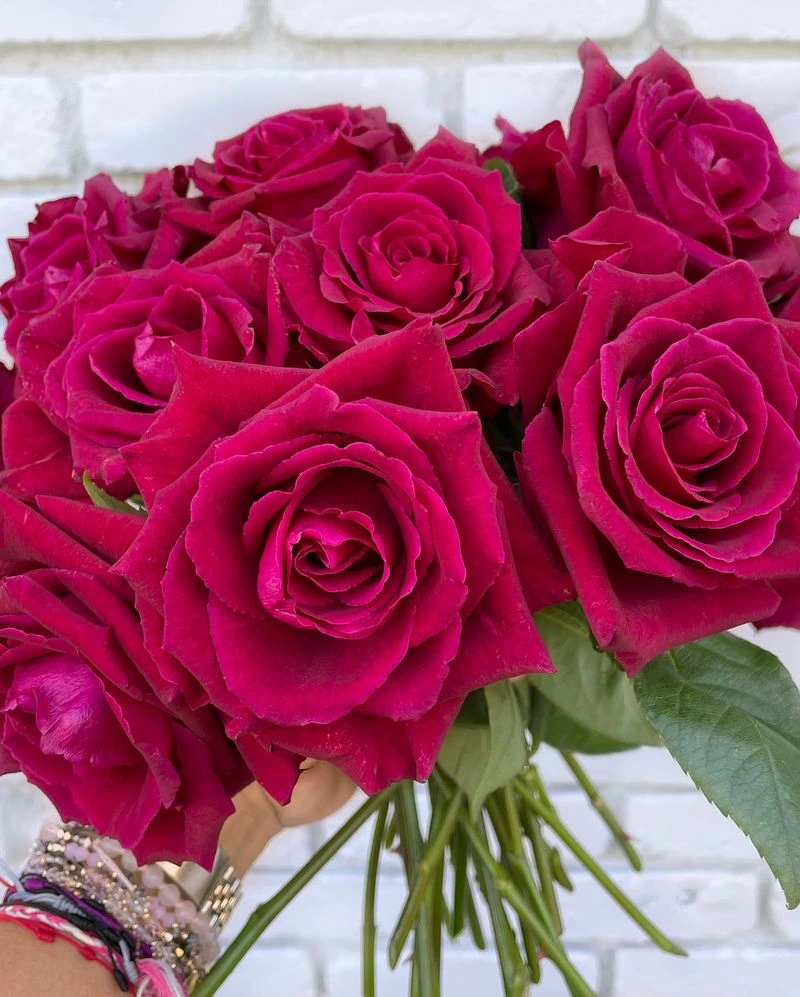
Roses, synonymous with romance and beauty, are a staple in gardens worldwide. Yet, many hybrid roses lack the fragrance and nectar essential for attracting pollinators.
These cultivated varieties focus on bloom size and color, often neglecting ecological roles. Traditional or wild roses provide more resources for bees and insects.
Choosing varieties that balance ornamental value with ecological benefits can transform a garden into a thriving ecosystem.
Lilies
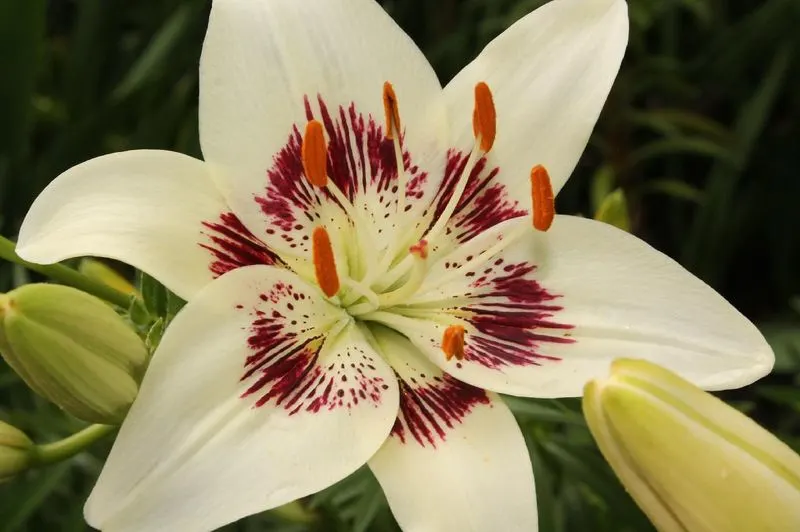
Lilies, with their elegant structure and vibrant colors, bring a touch of sophistication to gardens. Despite their allure, they offer minimal benefits to pollinators like bees.
Their primary appeal is visual, often leaving them out of the ecological loop. These flowers are best complemented with species that provide essential resources to local wildlife.
Incorporating diverse plantings can create a more balanced environment that thrives naturally.
Tulips

Tulips, iconic for their vibrant display in spring, are adored worldwide. However, their appeal is largely surface-level, offering little to local pollinators.
Hybrid tulips are often developed for color and form, lacking nectar and pollen necessary for bees and butterflies. They serve primarily as ornamental features.
To foster a more inviting garden, mix tulips with pollinator-friendly plants, creating a dynamic landscape that benefits both aesthetics and ecology.

